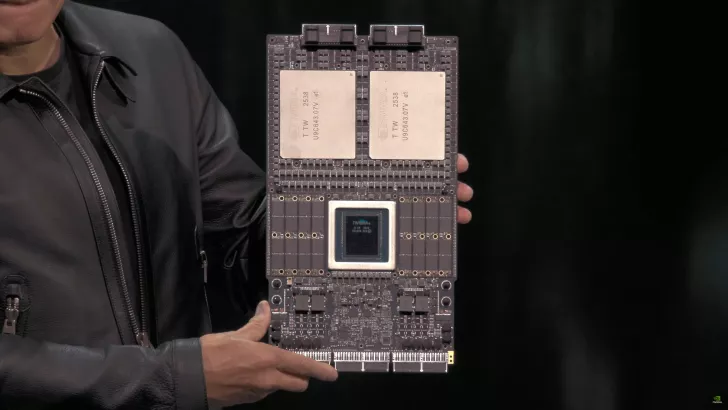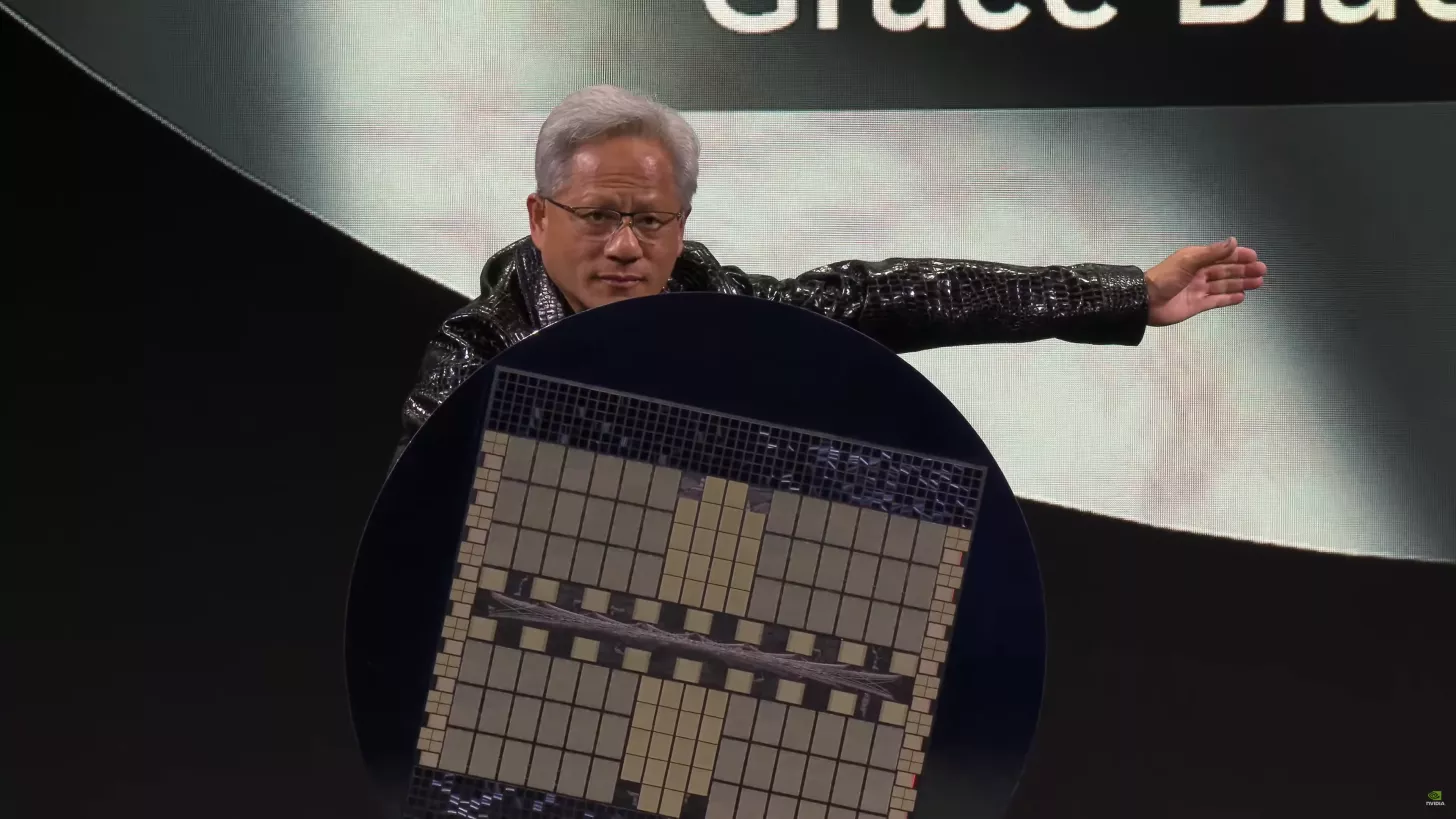The tech industry is buzzing with reports of NVIDIA’s CEO visiting Taiwan, focusing on securing a substantial portion of TSMC’s 3nm production capacity for AI products. This comes at a crucial time as the demand for advanced semiconductors is skyrocketing, driven by the intense AI development race.
NVIDIA’s Ambitious Plans for TSMC’s 3nm Production
NVIDIA’s growing demand for chips, fueled by the Blackwell Ultra ramp-up, highlights the ongoing AI boom. Reports suggest that one of the key reasons for Jensen Huang’s visit to Taiwan is to explore TSMC’s Tainan fab, which is responsible for 3nm mass production. The company is negotiating increased capacity for TSMC’s N3 process to meet the anticipated demand for the next-gen Vera Rubin lineup.
It’s reported that TSMC intends to expand its Southern Taiwan Science Park fab’s capacity from 100,000 wafers per month to 160,000, marking a 50% increase. A significant portion of this is expected to be allocated to NVIDIA, demonstrating the company’s confidence in a major demand surge for Rubin AI chips. For TSMC, this partnership is expected to drive its revenue for the upcoming quarters.

The Pivotal Role of the Rubin AI Lineup
The Rubin AI lineup is poised to be a groundbreaking release for NVIDIA, promising substantial advancements and a significant leap in computing power. Utilizing TSMC’s N3P process and the advanced HBM4 technology, the Rubin lineup aims to set new industry standards. Despite being two quarters away from mass production, NVIDIA has already secured major customers, indicating strong interest in the AI sector for these innovative products.
HPC customers play a crucial role in TSMC’s revenue, with NVIDIA being a primary contributor. The company is already exploring newer processes and aims to transition to A16 (1.6nm) technology swiftly. With each visit to Taiwan, Jensen Huang underscores the vital partnership between TSMC and NVIDIA.


